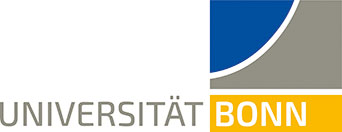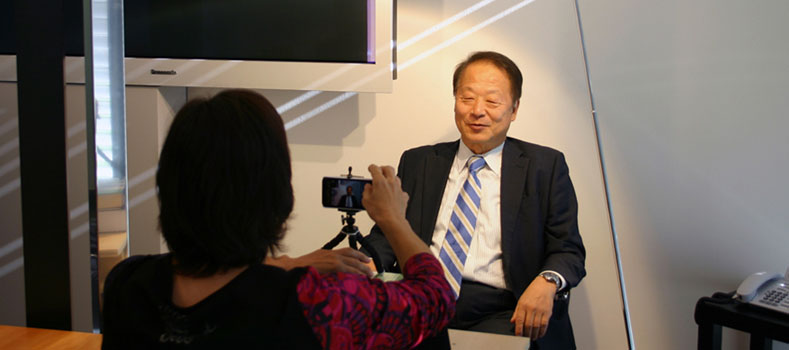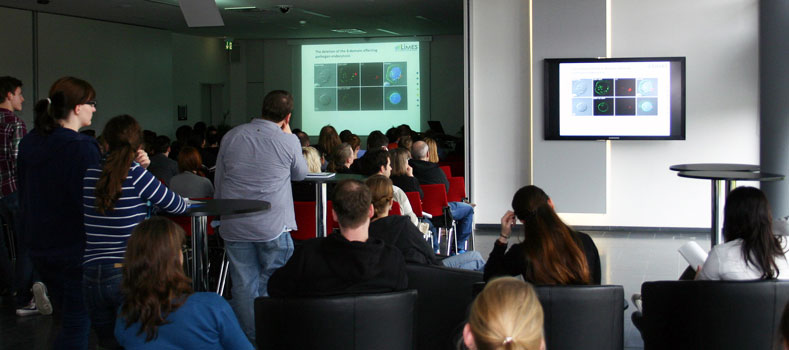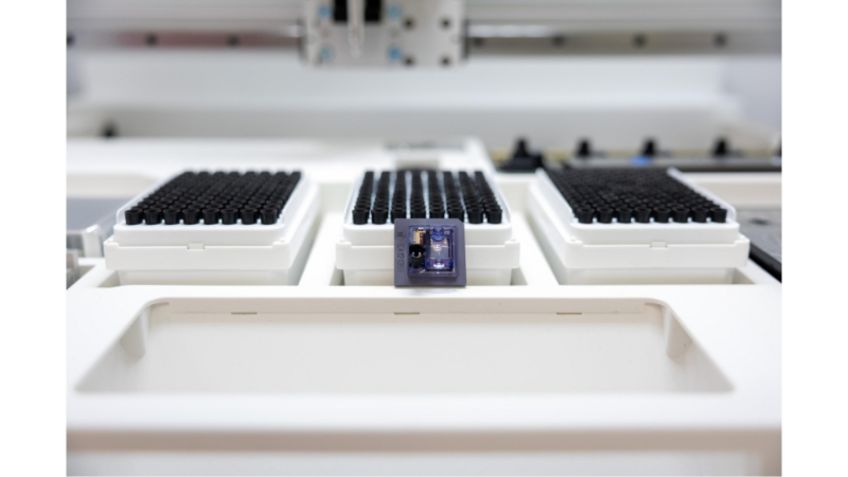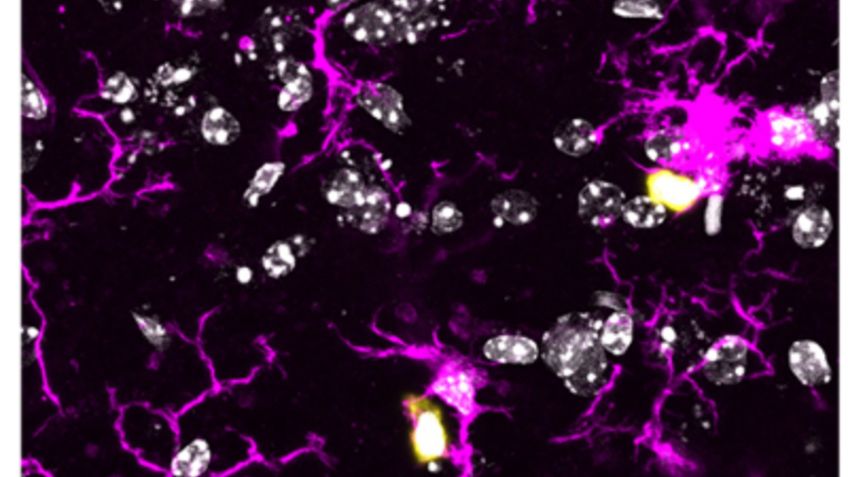Understanding behavior necessitates understanding the networks behavior is born of. And what is a brain (or better central nervous system) if not the network underlying all behavior of an animal? With the publication of the first complete central wiring diagram of an adult fruit fly the largest reconstructed connectome to date encompassing nearly 140000 neurons and 50 million synapses is now fully released to the public. Even though the brain of Drosophila melanogaster is small in terms of physical size, manual tracing of cells would not have been feasible. Instead, computational tools would deliver automated reconstructions and synapse predictions.
But even with the most advanced AI tools at hand, human involvement was still very much needed – and it came in form of the FlyWire consortium. Consisting of over 200 people from all over the planet, its task was to first proofread all the neuronal tracing of neurons done by the automated tools and to correct any mistakes and errors that would be encountered. Once this was done, the consortium’s next task was to start identifying cells and assigning cell types.
As part of the consortium, Damian Demarest of the Pankratz lab added his group’s expertise by focusing mostly on neuroendocrine cells since they are researching them and their connectivity and function related to enteric processes in the Drosophila larva. He identified the central insulin-producing and hugin-releasing neurons along with a large number of cells releasing other specific neuropeptides by comparing their morphology and connectivity among each other, as well as to how these are connections are found to be in the larval connectome. Interestingly, the Pankratz lab found many similarities in both cell type count, morphology, and even connectivity between these very different developmental stages.
As part of the FlyWire Consortium, a group of all authors involved in the project, the Pankratz group is also co-author on the two FlyWire flagship papers in Nature (https://www.nature.com/articles/s41586-024-07558-y; https://www.nature.com/articles/s41586-024-07686-5). Furthermore, the first author of the second paper, Philipp Schlegel, is a former PhD student of the Pankratz lab.
Publications:
Sven Dorkenwald, Arie Matsliah, Amy R. Sterling, Philipp Schlegel, Szi-chieh Yu, Claire E. McKellar, Albert Lin, Marta Costa, Katharina Eichler, Yijie Yin, Will Silversmith, Casey Schneider-Mizell, Chris S. Jordan, Derrick Brittain, Akhilesh Halageri, Kai Kuehner, Oluwaseun Ogedengbe, Ryan Morey, Jay Gager, Krzysztof Kruk, Eric Perlman, Runzhe Yang, David Deutsch, Doug Bland, FlyWire Consortium, Neuronal wiring diagram of an adult brain. Nature 634, 124–138 (2024).
Philipp Schlegel, Yijie Yin, Alexander S. Bates, Sven Dorkenwald, Katharina Eichler, Paul Brooks, Daniel S. Han, Marina Gkantia, Marcia dos Santos, Eva J. Munnelly, Griffin Badalamente, Laia Serratosa Capdevila, Varun A. Sane, Alexandra M. C. Fragniere, Ladann Kiassat, Markus W. Pleijzier, Tomke Stürner, Imaan F. M. Tamimi, Christopher R. Dunne, Irene Salgarella, Alexandre Javier, Siqi Fang, Eric Perlman, Tom Kazimiers, Sridhar R. Jagannathan, Arie Matsliah, Amy R. Sterling, Szi-chieh Yu, Claire E. McKellar, FlyWire Consortium, Marta Costa, H. Sebastian Seung, Mala Murthy, Volker Hartenstein, Davi D. Bock & Gregory S. X. E. Jefferis, Whole-brain annotation and multi-connectome cell typing of Drosophila, Nature volume 634, pages139–152 (2024)
